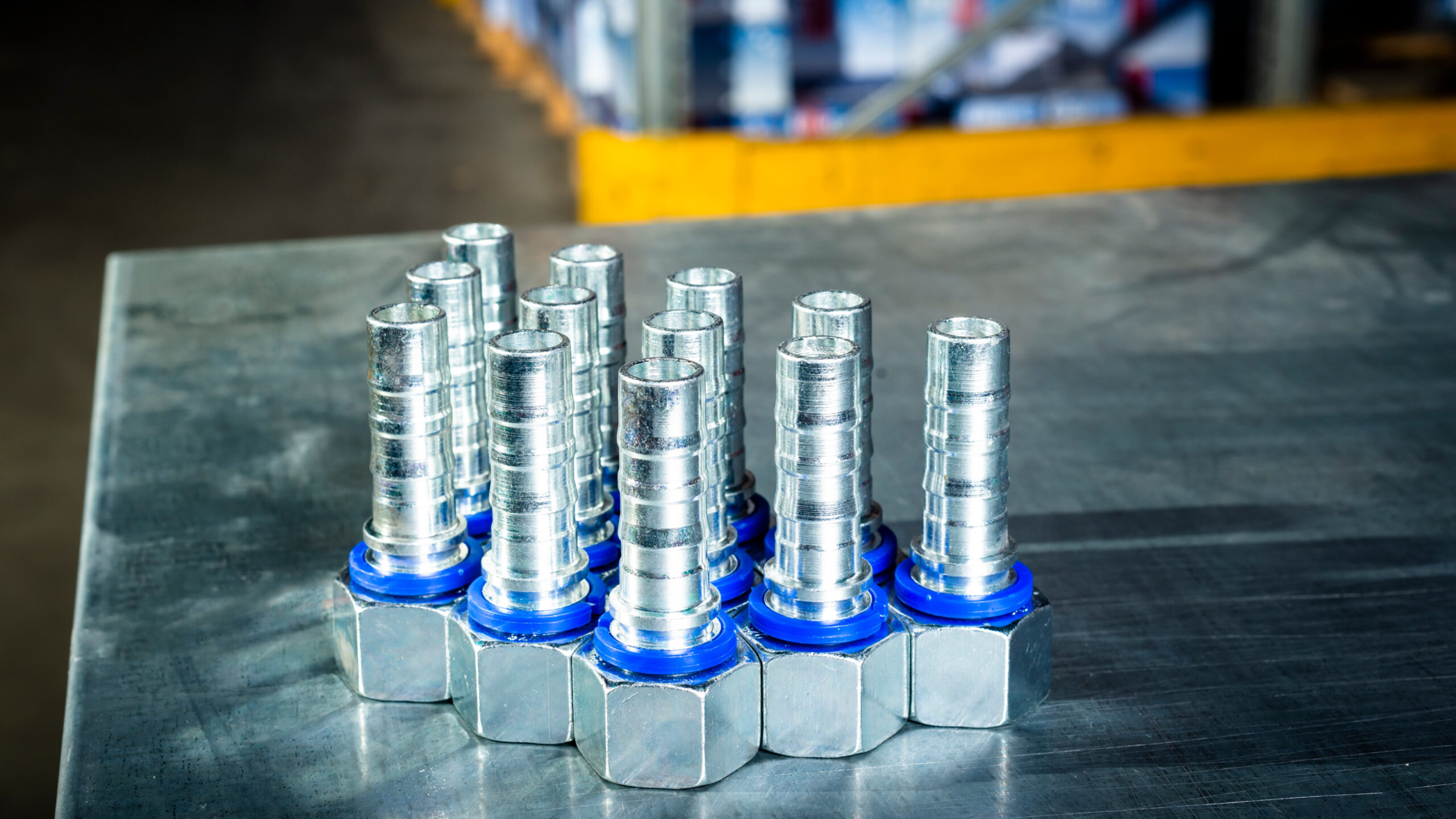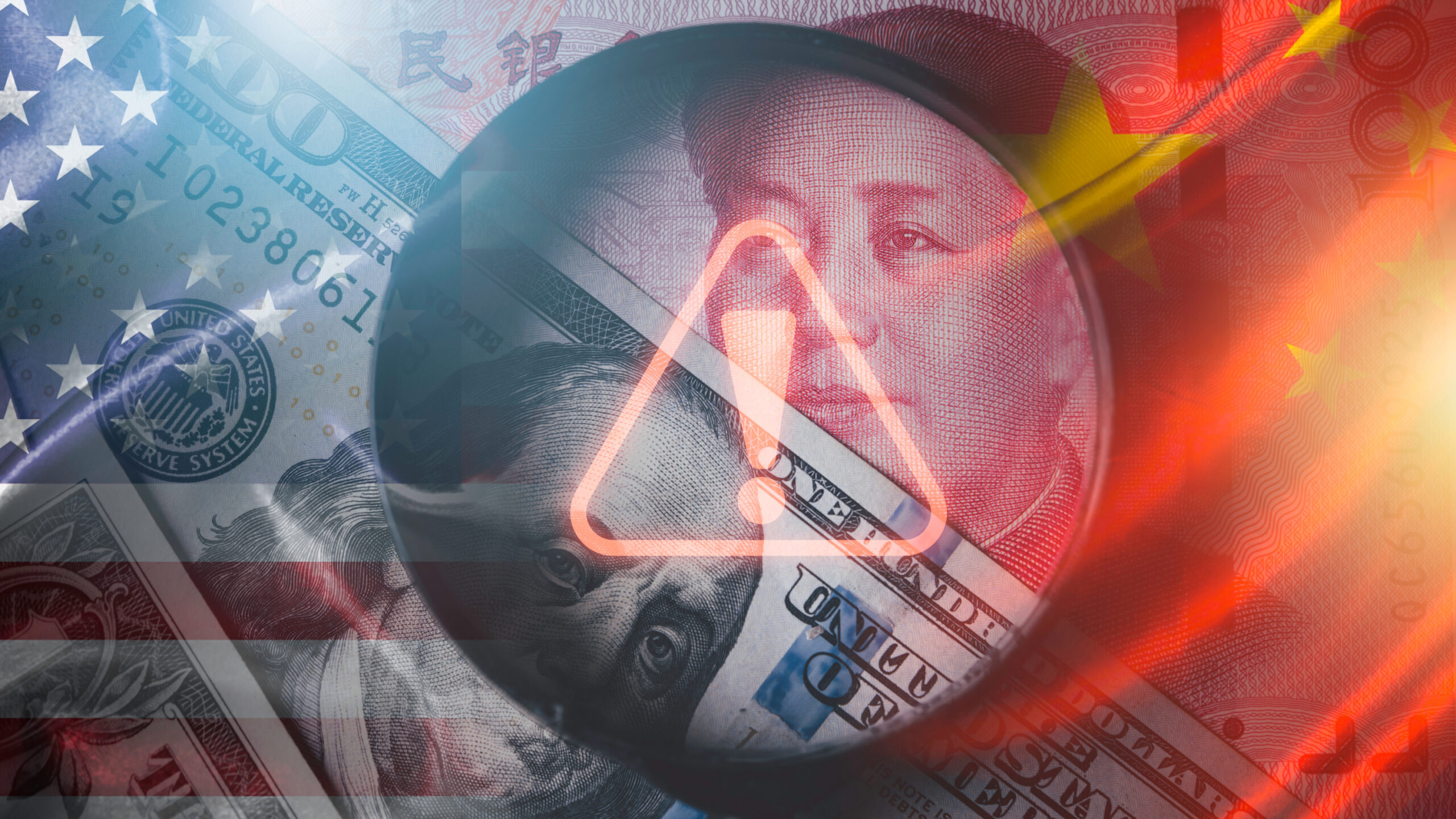Europe electricity prices are rising, and companies are hiking their prices as a result of it, adding to global inflation problems. China’s Zero Covid policy has been a wrecking ball on its economy, producing its lowest GDP in over a decade as investors leave. New York City hedge fund Tiger Capital is the latest. Supply chain woes and other geopolitical risks have been brought to the fore because of the pandemic. If U.S. policymakers play their cards right, corporate investment will come here. Reshoring, suddenly, becomes a real thing.
As it is, thanks to President Biden’s Inflation Reduction Act, some German automakers have said they will manufacture some EV models in the U.S. in order to take advantage of the domestic tax credit they would not have gotten otherwise. That policy exemplifies how the government can provide the right financial incentive to attract manufacturers to build domestically. High energy costs elsewhere, bottlenecked supply chains due to restrictive public health measures, and a growing rift between China and the West are actually tailwinds for U.S. manufacturing, said geopolitical strategist Peter Zeihan.
Europe’s energy policy, China’s Zero Covid, and Asian manufacturers still trying to catch up after more than a year of on-again, off-again unprecedented lockdowns, will not be remedied anytime soon. Beyond years of central bank stimulus that has also led to inflation, the supply chain crunch does no one any favors. Demand for items that are simply hard to get, or that are becoming more expensive to produce due to government actions, means inflation is sticking around. Zeihan thinks it sticks around for longer than most people think. It will be with us beyond 2023, he said during FreightWaves magazine’s F3: Future of Freight Festival in Chattanooga, Tennessee on Nov. 1.
“If at the end of the five-year period we’ve succeeded in building out the industrial plant, we go back to a much tamer system…because the supply chains will be local, the processing will be local and we’ll be following our own labor metrics,” Zeihan said. “If we fail, then 9% to 15% inflation continues and there are product shortages. From my standpoint, it’s a really clear path. The alternative is to go through the worst of it and get none of the benefits,” he said.
His reshoring prediction, however, includes Mexico. “Anything that makes you more modular and more capable and allows you to adapt more quickly is something I think that can provide an outsized advantage,” he said. “We’re going to have fewer supply chain steps closer to home, and the competitive nature to that is going to be very different from just waiting for things to show up at the dock. We’re going to have the need to do everything that is currently done in Asia.”
Zeihan is the author of “The End of the World is Just the Beginning: Mapping the End of Globalization”. His book marks a series of titles published recently that predict the last days of globalism.
***See CPA’s Domestic Market Share Index for a look at what sectors are dominated by imported goods.***
One of the biggest shortcomings in all of these predictions is that the U.S. often plays second fiddle to other Asian countries and Mexico for supply chain diversification out of China. Where possible, the U.S. should be the lead steer on critical sectors of the economy – as in minerals that will be used as energy sources of the future (think EV car batteries) — and critical goods deemed in short supply, as is the case with numerous pharmaceutical drugs where the U.S. is dependent on foreign labs.
Not everyone believes inflation will be around for five years. A slowing economy will crush demand for goods, and commodity inflation will cause people to spend less on travel and gasoline.
Mark Zandi of Moody’s Analytics thinks inflation falls to around 4% by the second quarter of 2023. He said supply chain constraints are a lead cause of inflation. Zandi made a similar prediction about inflation hitting its peak in November 2021. Instead, inflation worsened.
But if supply chains can be reshored, that will help eliminate price spikes due to Europe rising prices to cover for their high energy costs. And it would also mean a more controlled, fluid demand for goods that have been stuck in Chinese ports for months due to Covid restrictions.
More domestic supply chains, coupled with Biden’s new inflation law that prompted major manufacturers to declare they’ll be setting up shop in the U.S., means more production. And more production leads to lower prices. There is still a lot that can go wrong. The U.S. does not want to get into a European-style energy crisis, then the case to build in the U.S. becomes even less attractive, especially if Asia and Mexican markets are not facing similar problems.
Zeihan’s view that the sun is setting on globalization is permeating throughout the punditry class. What’s often missing is the U.S. being the best solution to its own supply chain issues.
“Globalization is (Almost) Dead” – New Book by FT Columnist Rana Foroohar Explains Why












